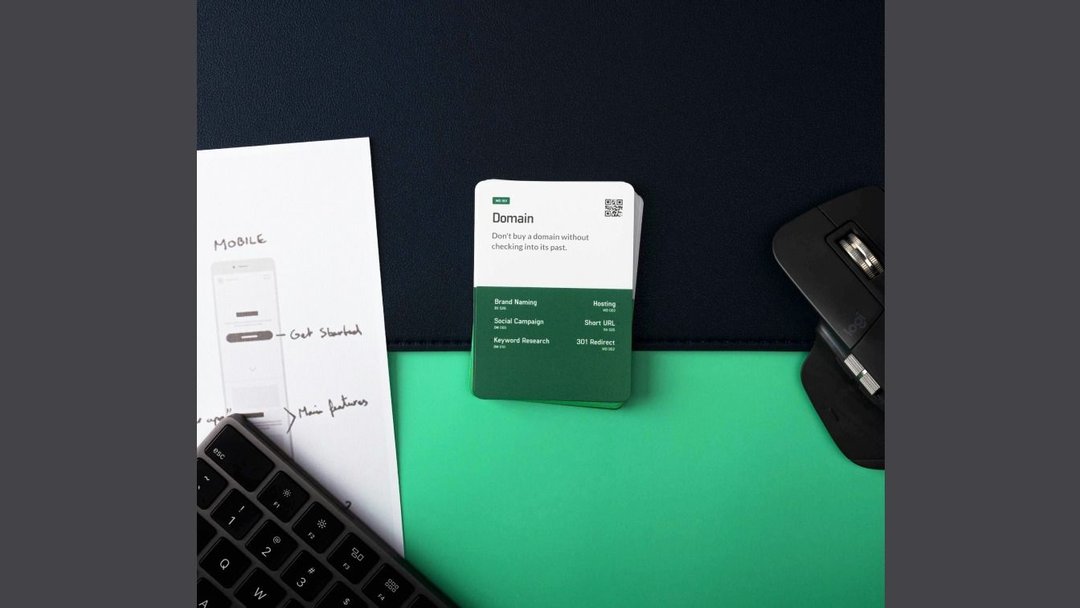Technology
App Prototype: Your First Step to Building a Successful Mobile App!

In the fast-paced world of mobile app development, having a solid concept is just the beginning. You need a clear, structured plan to turn your app idea into reality. This is where an app prototype comes into play.
An app prototype is the foundation of your project, allowing you to visualize, test, and refine your app before diving into full-scale development. Whether pitching your idea to investors or collaborating with developers, a well-crafted prototype can save you time, money, and unnecessary headaches.
What is an App Prototype?
An app prototype is a mobile application's early model or visual representation. It allows developers, designers, and stakeholders to understand the look, feel, and functionality of the app before investing time and resources into full-scale development. Essentially, it’s like a rough draft of the app that outlines how users will interact with the interface and what features it will offer.
Prototypes can range from low-fidelity sketches or wireframes, which provide a basic overview of the app's structure, to high-fidelity prototypes that simulate the full user experience, often including clickable buttons, animations, and transitions. Prototyping allows for feedback early in the process, which can save time, money, and potential misunderstandings.
Benefits of App Prototyping
App prototyping offers multiple advantages for developers, investors, and users:
1. Visualizing Ideas
Prototypes bring ideas to life in a visual format. This helps you better communicate your vision to stakeholders or investors, showing them exactly how the app will work.
2. Early Feedback
A prototype allows you to gather valuable feedback before the app is fully developed. This can help you identify potential design or functionality issues early on, preventing costly changes later in the process.
3. Cost and Time Efficiency
Building a full-scale app is expensive and time-consuming. Prototyping helps validate ideas and streamline the development process by avoiding unnecessary features and refining essential functions, ultimately saving both time and money.
4. Improved Collaboration
Prototyping fosters better collaboration among team members. Designers, developers, and business leaders can easily communicate and adjust their expectations by interacting with the prototype, leading to a more cohesive and effective product.
5. Increased User Engagement
A functional prototype allows you to conduct usability testing early in the design process, giving you insights into how real users interact with your app. This information helps create a more user-friendly product, which can result in higher engagement and satisfaction.
How to Make a Mobile App Prototype?
Step 1: Define Your App’s Purpose and Goals
Before you start designing, it’s important to clearly define the app’s purpose. Ask yourself, “What problem will my app solve?” This will help you focus on key features and user flows.
Step 2: Sketch Wireframes
Start with basic wireframes—simple, low-fidelity drawings that outline the app’s layout. Focus on user journeys and how they will navigate through the app. Wireframes give a rough idea of what each screen will look like without diving into design details.
Step 3: Design High-Fidelity Screens
Once your wireframe is set, move to a higher-fidelity design. Add colors, images, fonts, and branding elements that reflect the final look of the app. At this stage, the app begins to resemble the final product, though it won’t yet have full functionality.
Step 4: Make Your Prototype Interactive
Use prototyping tools to add interactivity, such as clickable buttons, transitions between screens, and basic animations. This step allows testers to experience how the app will behave and respond, simulating a real app.
Step 5: Test the Prototype
Before moving to the full development phase, test your prototype with potential users. Gather feedback on design, navigation, and overall user experience. This step is crucial for identifying any issues before investing in full-scale development.
Best Prototyping Tools for Mobile Apps in 2024
There are several tools available that can help you create an interactive and realistic mobile app prototype. Here are some of the best:
1. Figma
Figma is a powerful, web-based design tool that supports collaboration. It allows multiple team members to work on a prototype simultaneously, which makes it perfect for agile development teams. Figma also supports vector design, making it easy to create beautiful interfaces.
2. Adobe XD
Adobe XD is known for its smooth integration with other Adobe products, which makes it a go-to for designers already familiar with Adobe’s ecosystem. It’s equipped with advanced prototyping features, such as voice commands and animations, making it an excellent choice for interactive app prototypes.
3. Sketch
Sketch is a macOS-based tool widely used by app designers. It offers numerous plugins and integrations with other tools, making it highly customizable for specific needs. Sketch is perfect for creating sleek, user-friendly interfaces, though it is less collaborative than Figma.
4. InVision
InVision provides a comprehensive prototyping platform that supports collaborative feedback. It allows you to create clickable prototypes with ease, enabling smooth navigation between screens and an excellent user experience. InVision is especially popular for its real-time collaboration features.
5. Proto.io
Proto.io offers a simple drag-and-drop interface for creating fully interactive prototypes, even if you have no coding experience. It’s great for beginners and allows you to create high-fidelity prototypes with animations and gestures.
Conclusion
Creating an app prototype is an essential step in the mobile app development process. It not only provides a clear vision of the app but also helps identify any potential issues before full-scale development begins. Prototyping allows you to gather early feedback, improve collaboration, and ultimately save both time and money.
If you're ready to bring your app idea to life, consider working with the experts at Codigo Singapore. With years of experience in app development, Codigo can help you create a robust prototype and guide you through the entire development process. Whether you're a startup or an established business, Codigo’s services will ensure your app stands out in the competitive mobile landscape.